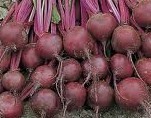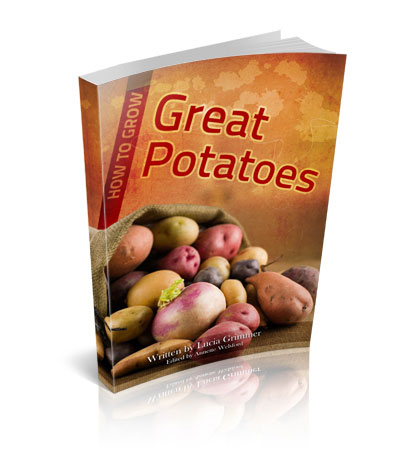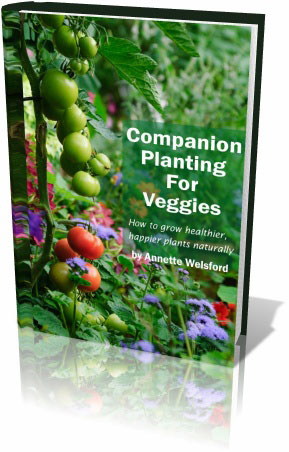Growing your own Beetroot
 While not everyone rates beetroot as their most popular veggie, it is a really easy root crop to grow in a home garden. Better still, there are now different-coloured varieties, including both white and golden fleshed beet, adding a new dimension to this soft, super-sweet root vegetable.
While not everyone rates beetroot as their most popular veggie, it is a really easy root crop to grow in a home garden. Better still, there are now different-coloured varieties, including both white and golden fleshed beet, adding a new dimension to this soft, super-sweet root vegetable.
The Best Soil for Growing Beetroot
While you can grow beet in various types of soil, like most root vegetables, this plant prefers deep, rich soil that is nice and crumbly. It doesn’t do well in poor, sandy soil, or in soil that is hard and compact. Beetroots don’t like clay either, or soil that is acid.
Even if the soil seems to be reasonably good, you should always prepare it well before planting, using good quality manure and/or compost. It is, after all, the roots that you are propagating as your crop. Since they will develop in the ground, you want the best soil possible.
If your soil is on the poor side, it is usually best to give it a good dose of a good quality nutrient containing nitrogen, phosphorus and potassium, as well as adding superphosphate.
It goes without saying (or it should), that all perennial weeds must be cleared from the bed you plan to plant.
Planting Beetroot Seeds
Beetroot is normally grown from seed that is sown directly where the plants will grow. These should be scattered in shallow drills about 50-60 mm apart, 20-25 mm below the final surface of the soil.
If you live in a hot area, once you have planted the seeds, it’s not a bad idea to mulch your plantings to prevent the earth from crusting and drying out. But as soon as the seedlings stick their little heads out of the ground, remove the mulch and let them grow upwards.
The Growing Period
Even if every seed you plant sprouts, you aren’t going to keep them all. This is where the concept of survival of the fittest kicks in – only you will have to give it a bit of help. As seedlings establish themselves, thin out the growth, leaving only the healthiest seedlings to continue growing. If most are healthy and there really isn’t enough space, you can transplant to an area within the bed where seedlings may be a bit sparse … or replant somewhere else entirely (just be sure that the soil has been properly prepared for the second bed).
Your Beetroot Harvest
About eight to nine weeks after planting, your beet roots should be about 50 mm or 2 inches in diameter. You can start pulling from now, though some cultivars should be left for another two to three weeks. Be guided by the instructions on the packet.
Pests and Diseases
The most common pests to feed on seedlings and on the roots are cutworms.
In wet weather fungal diseases like leaf spot can be a problem.
Tags: beetroot, cutworms, growing your own beetroot, root crop











